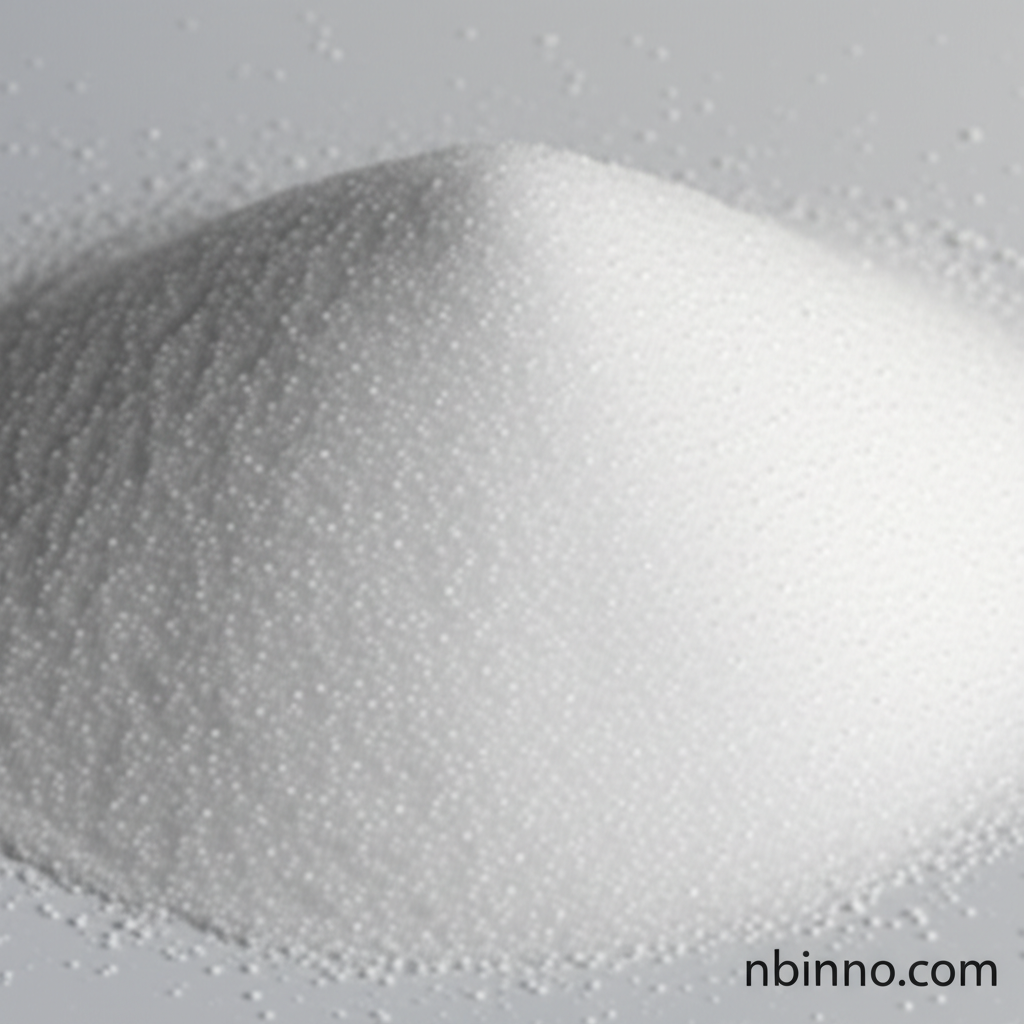Adipic Acid: A Cornerstone Chemical for Modern Industries
Discover the versatility of hexanedioic acid, a critical component in polymers, food, and beyond.
Get a Quote & SampleProduct Core Value

Adipic Acid
Adipic acid, identified by CAS number 124-04-9, is a vital organic compound that serves as a foundational element across numerous industrial applications. Its chemical structure and properties make it indispensable for creating high-performance materials and enhancing everyday products.
- Unlock the potential of adipic acid in nylon production, a key application that drives innovation in textiles and engineering plastics.
- Leverage hexanedioic acid applications to develop advanced polyurethane materials for diverse sectors, from automotive to consumer goods.
- Enhance food and beverage products with adipic acid's role as a food additive, providing tartness and texture through its adipic acid food additive functionality.
- Explore the benefits of adipic acid plasticizer in improving the flexibility and durability of various polymer formulations.
Key Advantages of Adipic Acid
Polymer Synthesis Backbone
As a critical monomer, adipic acid is central to the synthesis of nylon 6,6 and polyurethanes, offering excellent tensile strength, abrasion resistance, and elasticity. This makes it a cornerstone for robust material development.
Food and Beverage Enhancer
Adipic acid functions effectively as a food acidulant, adding a pleasant tartness to drinks and gelatin products. Its ability to control pH and enhance texture contributes significantly to product quality and consumer appeal.
Versatile Chemical Intermediate
Beyond its primary roles, adipic acid's reactivity allows it to be a valuable intermediate in the synthesis of plasticizers, lubricants, adhesives, and coatings, demonstrating its broad utility in the chemical industry.
Key Applications
Nylon and Polymer Manufacturing
The primary use of adipic acid is in the production of nylon 6,6, a high-performance polymer utilized in everything from textiles and carpets to automotive components and engineering plastics.
Food and Beverage Industry
As a food additive, adipic acid acts as an acidulant, flavorant, and gelling aid in products like soft drinks, jams, jellies, and baked goods, contributing to taste, texture, and shelf-life.
Plasticizers and Lubricants
Esters derived from adipic acid serve as effective plasticizers, particularly for PVC, and as components in advanced lubricants, enhancing material flexibility and performance under demanding conditions.
Pharmaceutical and Medical Applications
Adipic acid is explored in pharmaceutical formulations for controlled drug release and can be used in certain medical devices, showcasing its diverse functionalities.
